After the long summer season, the cool weather of autumn is always refreshing, and it’s nice to get a bit of a break from the rush of gardening. But as the growing season winds down, there are still some important steps to take to make sure perennial flowers overwinter well and come back lively next year. That’s why we’ve compiled this simple checklist of the 10 most important autumn perennial plant care tips to help you prepare your plants for the winter season ahead!
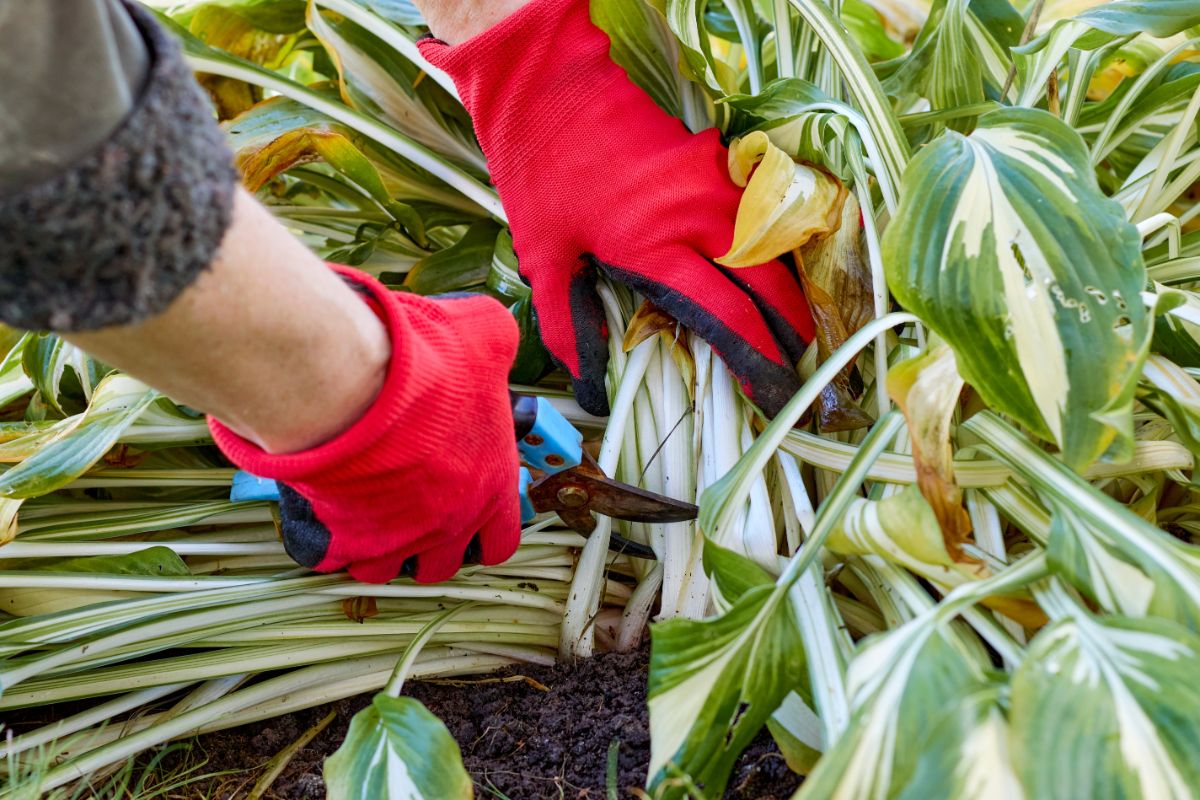
Jump to:
- The essential autumn perennial plant care checklist
- 1. Plant perennials at the right time.
- 2. Divide overgrown plants.
- 3. Rearrange your beds.
- 4. Prune away diseased foliage.
- 5. Fertilize early.
- 6. Water correctly.
- 7. Add mulch.
- 8. Cage tall plants.
- 9. Collect seeds.
- 10. Manage slugs.
- Frequently asked questions
- Summary
The essential autumn perennial plant care checklist
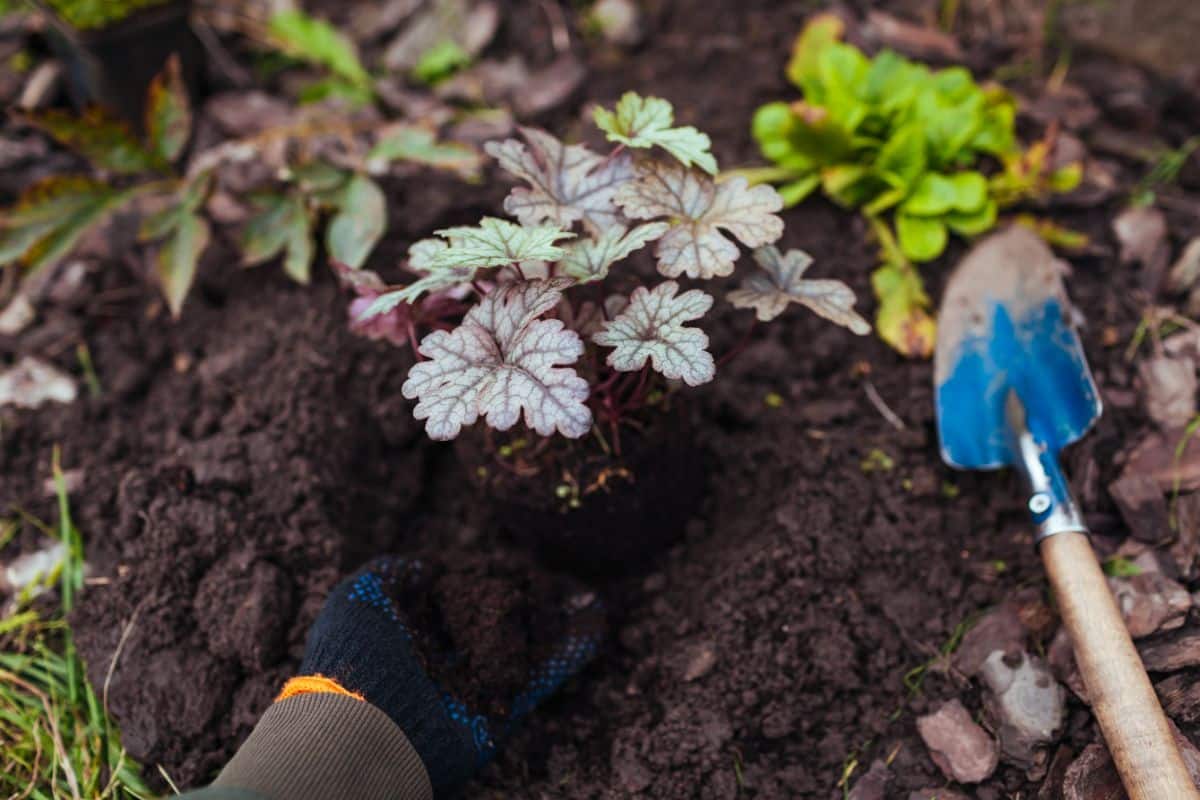
Preparing vegetable gardens for autumn is pretty straightforward since most vegetables grow as annuals, and they can be simply pulled out or tilled into the soil at the end of the season. However, perennial flowers come back year after year, so you’ll need to improve the soil around existing plants without disturbing their delicate roots too much.
Beyond attending to the health of your soil, autumn is also a good time to take preventative action to make sure pests and pathogens don’t overwinter in your garden. Additionally, pruning, dividing, and other plant maintenance steps are ideal for the autumn season, as the cooler temperatures will prevent plant stress and make it easier to do gardening work without breaking a sweat!
1. Plant perennials at the right time.
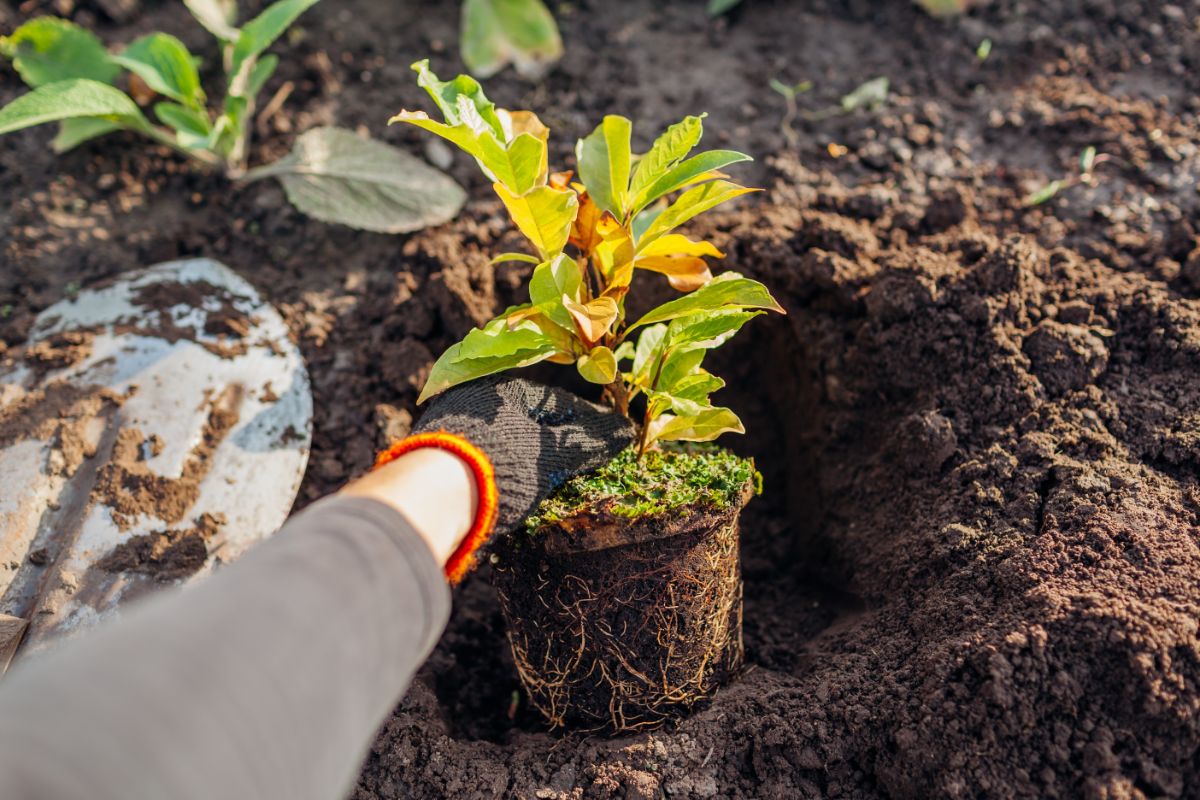
Perennials can technically be planted at any time of the year; however, you’ll get the best results if you plant perennials in spring or fall. At these times of the year, temperatures are less extreme, and perennials will be less likely to suffer from transplant shock. For many perennial plants, planting in fall is ideal as the soil temperatures are warmer than in spring, and roots will be able to grow and settle in faster.
However, if you decide to plant perennials in autumn, it’s important to get your plants in the ground before temperatures drop and the ground freezes. While certain perennial species may have different planting guidelines, in general, most perennials will do best when planted at least 6 weeks before your first frost date. Planting at this time will give your new plants a few weeks to adjust to your garden and establish a solid root system before winter sets in.
Spring ephemerals, such as Virginia bluebells and bloodroot, are a bit different as these early bloomers are usually planted in early fall. Planting spring ephemerals early will help the plants get established so they can flower first thing next spring. That’s because even when frost strikes and the top sections of perennial plants die back, the plant’s root systems will continue to grow until the ground freezes solid.
2. Divide overgrown plants.
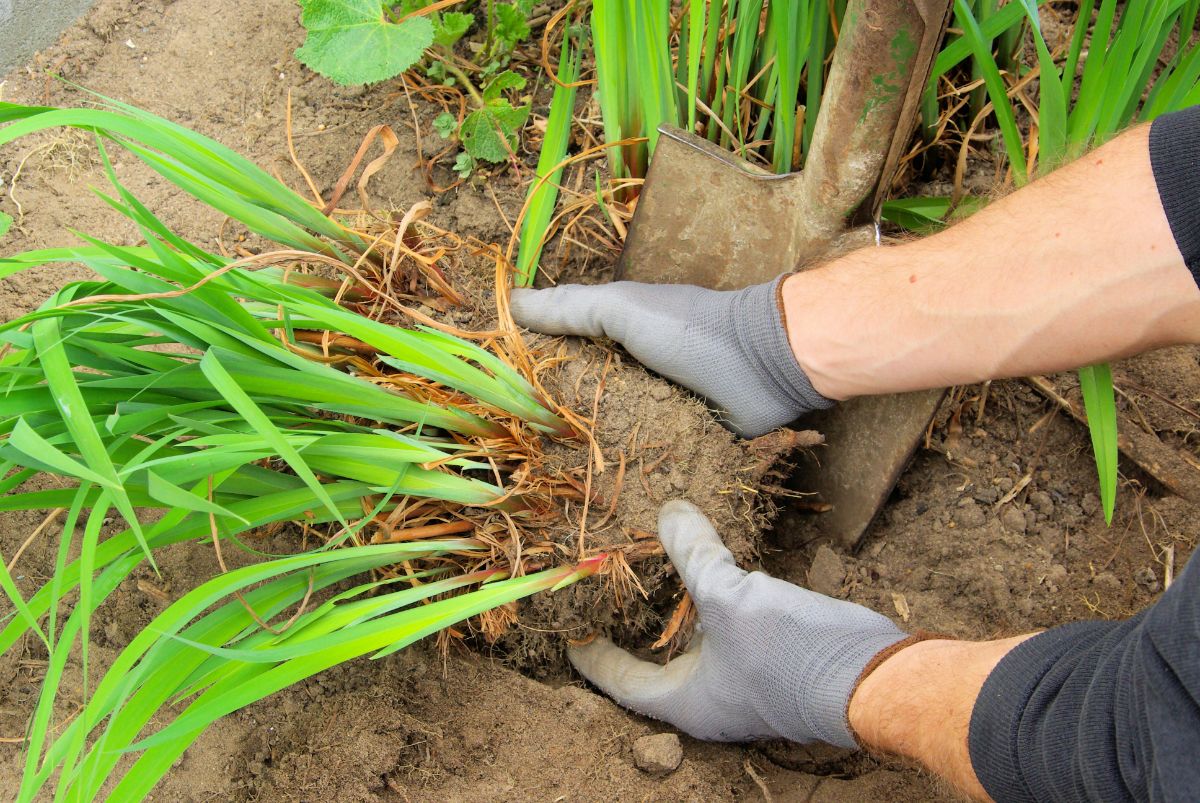
Since perennials come back year after year, they can become quite large and spread throughout your garden. But over time, some perennials can become overgrown, or they may crowd out their neighbors. If your plants are not flowering as much, their stems are falling over, or the plants are developing bald centers, it may be time to divide your perennials!
Perennials are usually divided in either spring or fall, depending on when the plant flowers. Fall-blooming perennials are typically divided in spring; however, perennials that bloom in spring or summer should be divided in autumn so they have plenty of time to adjust before they need to flower again. Some examples of perennials that should be divided in fall include chives, daylilies, ornamental grasses, hostas, and yarrow.
Just as with planting new perennials, you don’t want to divide perennial plants too late in the season, as they’ll need time to develop roots before frost arrives. For this reason, most perennials should be divided no later than 4 to 6 weeks before your first frost date.
Watering the soil well before digging up your perennials will help loosen up the root systems and make division much easier. Some perennial roots can be simply teased apart by hand, but clump-forming perennials may need to be pried apart with gardening forks or shovels. After dividing perennials, plant them in rich soil and give them a good, deep drink of water to help them settle in.
3. Rearrange your beds.
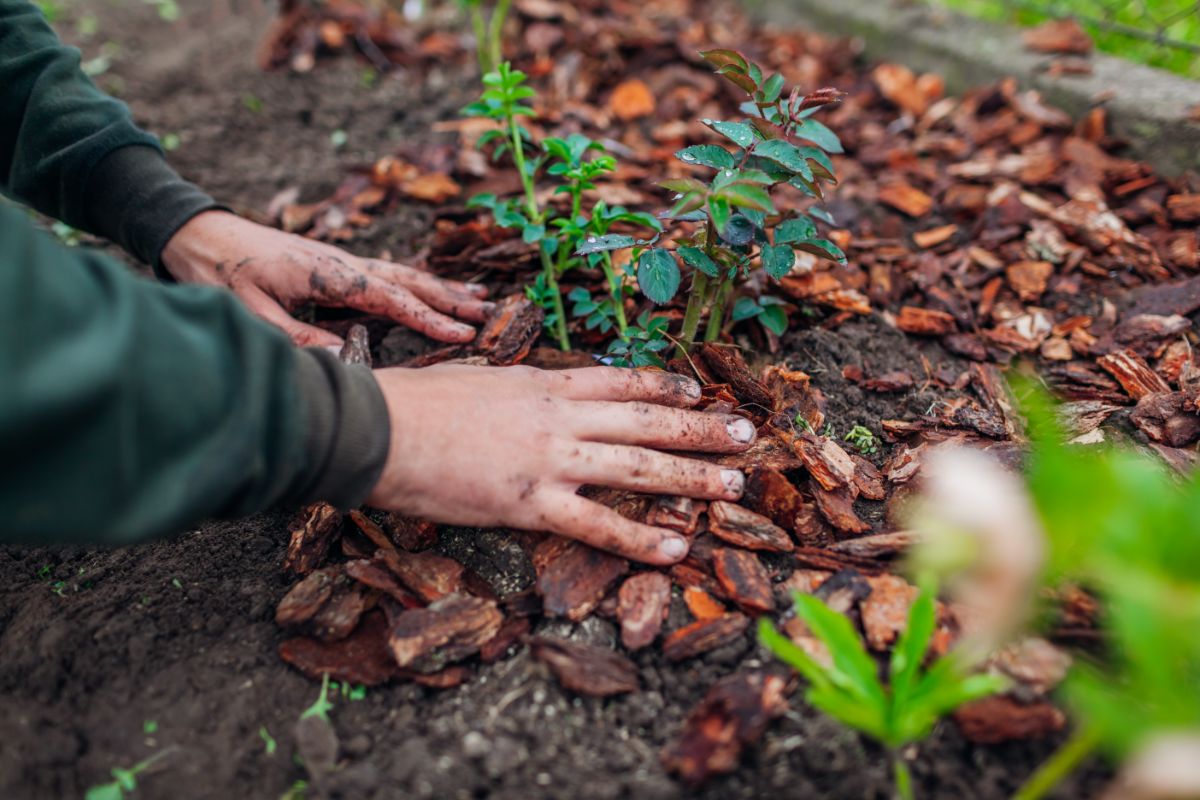
Even if your perennials don’t need to be divided, fall is the perfect time to rearrange your flower beds and move perennial plants from one place to another. If you didn’t like the way certain flowers looked when planted together in your garden or if particular plants failed to thrive in your flower beds, try relocating your perennials to a new spot in your garden in autumn.
Because temperatures are cooler in fall and plants aren’t growing as much, autumn is the perfect time to move plants around and adjust your garden bed design. If weeds have infiltrated into your daylilies or other perennial plants, you can also use this time to dig up your perennials and pick out any stubborn weeds that have found their way into your perennial patches.
4. Prune away diseased foliage.
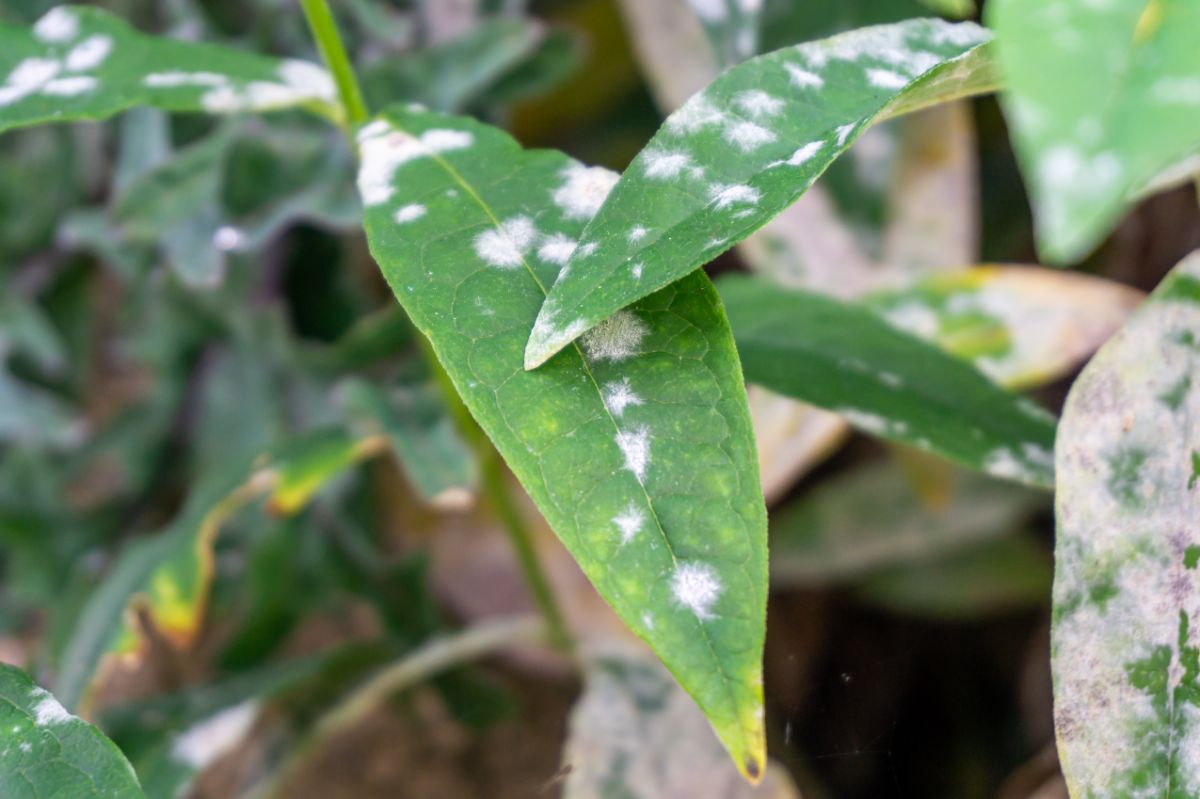
Certain perennials should be cut back in the fall to improve their look and help them grow better in the future. Some of the most popular plants that should be pruned in fall include daylilies, irises, and peonies. However, even if you’re growing a type of perennial that doesn’t generally need autumn pruning, there is a reason why you may want to pull out your pruning shears: pests and diseases.
If your plants suffered from powdery mildew, downy mildew, or a bad case of pests, there’s a good chance that those pathogens and insects can overwinter in your garden and crop up again in spring. To avoid this, be sure to prune away heavily-infested foliage in the fall and destroy all infected material either in your fire pit or the trash can. Tackling pests and plant diseases early on can save you a lot of headaches in the future!
When pruning infected plant stems in the fall, always be sure to sterilize your pruners or gardening shears in between plants. A 10% bleach solution will work for this, but rubbing alcohol is even better since it sterilizes garden tools pretty much on contact.
5. Fertilize early.
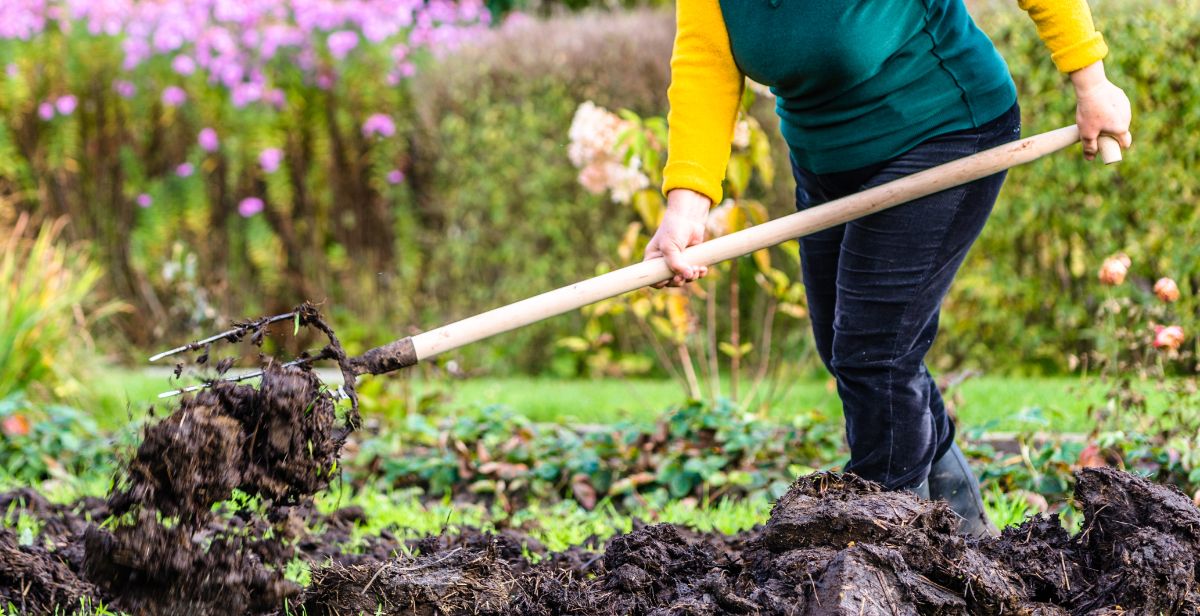
Most perennials benefit from a spring and autumn application of fertilizer, but fall is the time to feed your plants with slow-release fertilizers and amendments. Homemade compost is an obvious choice, but you can also add aged manure to your beds and allow it to naturally decompose into the soil over the winter. Fresh manure can also be applied in autumn, but as this product contains a lot of nitrogen, it can burn plant leaves, so it’s best to apply it to empty garden beds in the fall and then plant perennials in the amended soil in spring.
When fertilizer should be applied will vary depending on your growing zone and the type of fertilizer you’re working with. Most of the time, fertilizers should be applied early in the fall before plants go dormant and the ground freezes. Applying fertilizer too late in the year can sometimes encourage plants to produce new leaves, which makes them more susceptible to winter damage.
6. Water correctly.
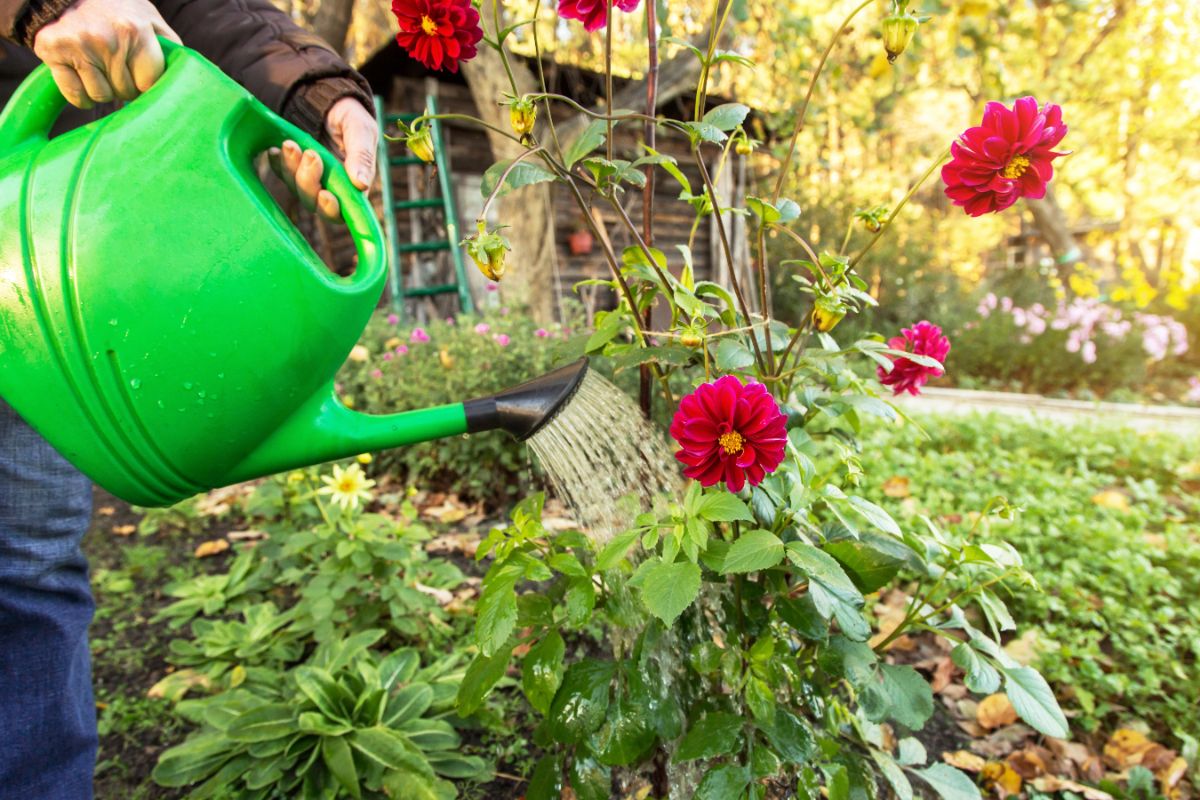
Perennials don’t need as much water in fall as they do during the peak of summer heat, but plants will still need to be watered regularly, especially during times of drought. It’s good practice to slowly reduce how much water your perennials receive in fall little by little, essentially weaning them off the amount of water they needed during summer. Continue to water your plants when temperatures are above 40F, and there’s no snow on the ground.
One thing to keep in mind when watering your perennials in fall is that powdery mildew thrives in autumn weather. To reduce the chances that powdery mildew will emerge in your flower beds, be sure to water your plants at the soil line and do your best to keep their leaves dry.
7. Add mulch.
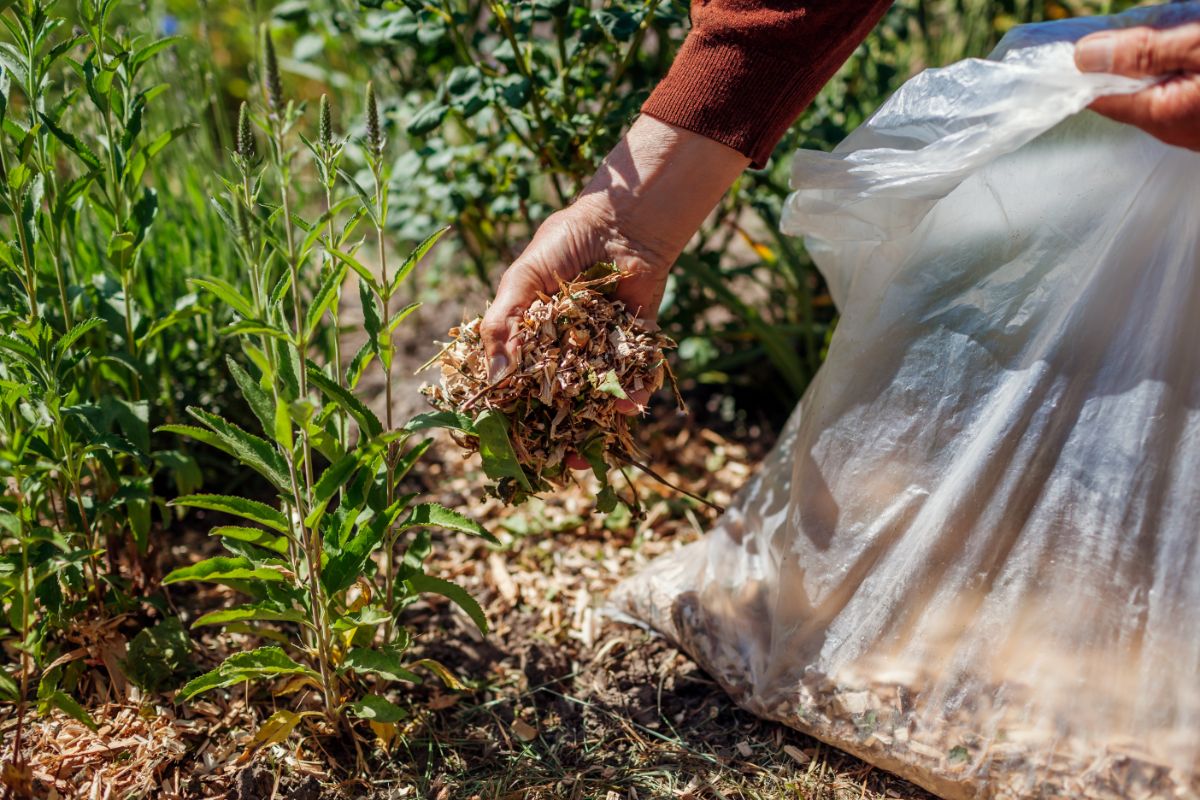
Mulch can be added in spring or autumn; however, mulching in fall makes a lot of sense for different reasons. Firstly, with all the planting and pruning you need to do in spring, you may not have time to mulch at the beginning of the season, and you may find that you have more time in autumn to mulch your beds. Beyond that, mulch helps to protect plants' roots, and mulching at the end of the season can make sure the roots of your perennials have a nice buffer of mulch to shield them against winter damage.
What types of mulch you should use in your garden will depend on what’s available in your growing zone and what type of aesthetic you’re going for. In flower beds, wood or bark mulches are popular, but pine needles, compost, or chopped autumn leaves are an even more sustainable option since these products don’t require trees to be cut down.
To apply mulch in the fall, add a thick 1 to 3” layer of mulch around your plants, making sure that the mulch isn’t directly touching your plants’ stems as this can lead to rot. If you’re applying fertilizer to your plants, it’s usually easiest to fertilize first and mulch second. However, if you’re using compost as a mulch, it’s even simpler since compost functions as both a nutrient-rich soil amendment and a weed-suppressing mulch!
8. Cage tall plants.
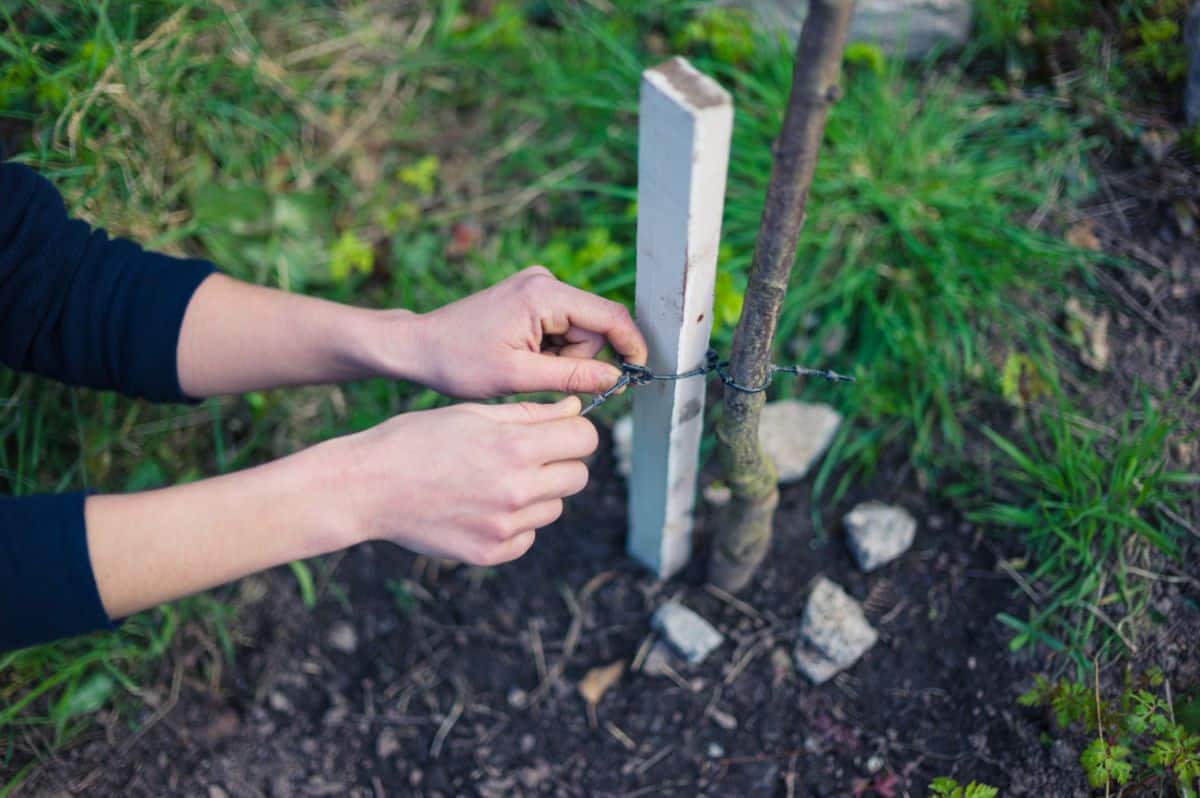
Winter winds can be very damaging to plants, and heavy snow can crush or bend plant stems. Tall perennials are particularly susceptible to winter and wind damage; however, if you’re growing perennials that aren’t cut back in fall, there are a few easy ways that you can protect your plants from the worst of winter weather.
One option is to cage plants with sturdy metal or wire cages, which will keep plants from toppling over in strong winds. Since you won’t need your tomato cages during the winter months, you can repurpose them to protect your perennials. Alternatively, you can install wooden garden stakes around your plants and wrap burlap around the stakes to serve as a windbreak.
When temperatures warm in spring, be sure to remove the burlap wrapping early to allow your plants to breathe and leaf out!
9. Collect seeds.
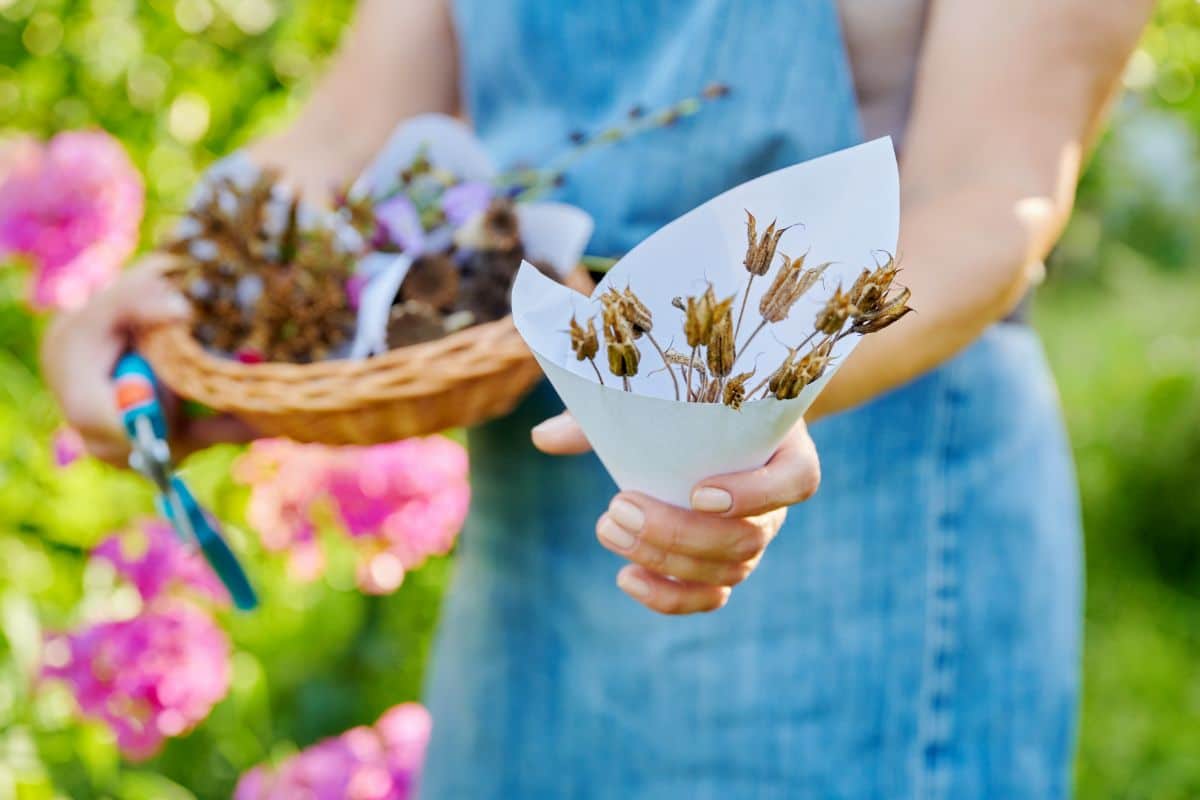
After your summertime flowers fade, it’s easy to think that your garden has stopped producing for the year. But that’s not quite true. Once your plants have flowered, many perennials will yield fertile seeds, which can be allowed to self-sow, or they can be gathered to plant in next year’s garden.
Saving seeds from perennial flowers is typically a lot easier than saving seeds from vegetables, as you can use dry processing methods to collect your seeds. Even better, gathering your own seeds can save you a lot of money and help you get more free perennial plants out of your garden!
While seed saving may vary slightly depending on the type of plant you’re working with, in general, you’ll want to allow the seedheads to fully dry on the plant. For most plants, perennial flower seeds should be gathered in the fall, about one month after the plants have flowered. A good sign that seeds are ready to harvest is that the flowerheads will be dry and crispy and have dropped all of their petals.
Once your seeds are ready to harvest, clip off the dried flowerheads into a brown paper bag and bring them indoors. Nestle yourself in a comfy chair and carefully separate the dried seeds from the flowerheads, picking away any fluff or plant debris that you see. This process usually goes quite quickly, as mature seeds will often fall right out of the flowerheads!
After collecting the seeds, spread them in a single layer on a baking sheet and allow them to continue to dry for a few days out of direct sunlight. Then package the seeds up in paper envelopes and label the envelopes with the seed name and storage date so you don’t forget!
10. Manage slugs.
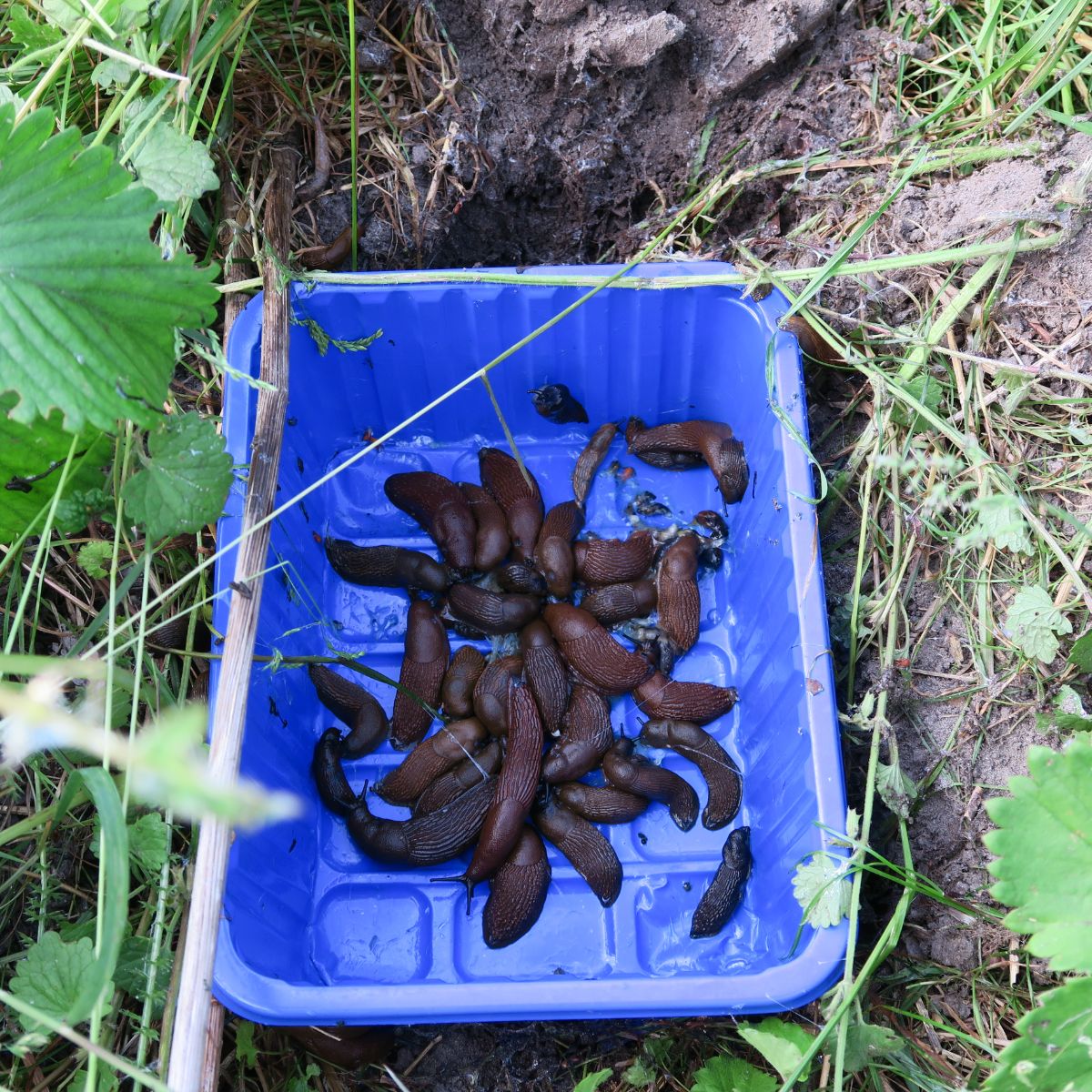
As plants go dormant at the end of the season, food becomes scarce in gardens, and slugs and snails can become even more destructive to garden plants. That’s why it’s doubly important to stay on top of slug control in autumn!
In mild climates, slugs can stay active all year round; however, in cooler spots, slugs will often overwinter in garden debris. Cleaning up your garden late in the season and destroying leaves from plants plagued with slugs can help prevent these pests from becoming a problem in next year’s garden. You can also stay on top of slug populations by continuing to leave out “slug pubs” until the ground freezes.
Slug pubs are easy-to-make DIY slug traps that can be placed throughout your perennial garden; however, they’re most effective if you locate them near plants that slugs love, such as hostas. To make your own slug pub, take a plastic cup or old milk jug with the top cut off and bury the container a few inches in your garden beds. Then, fill up the “pub” with beer or stale orange juice to set the “trap.”
Slugs will be drawn to the sweet scent of fermentation and crawl into the pub, but they won’t be able to escape. Freshening up your pubs every few days or after rain will keep them in tip-top shape and help you catch more pesky slugs!
Frequently asked questions
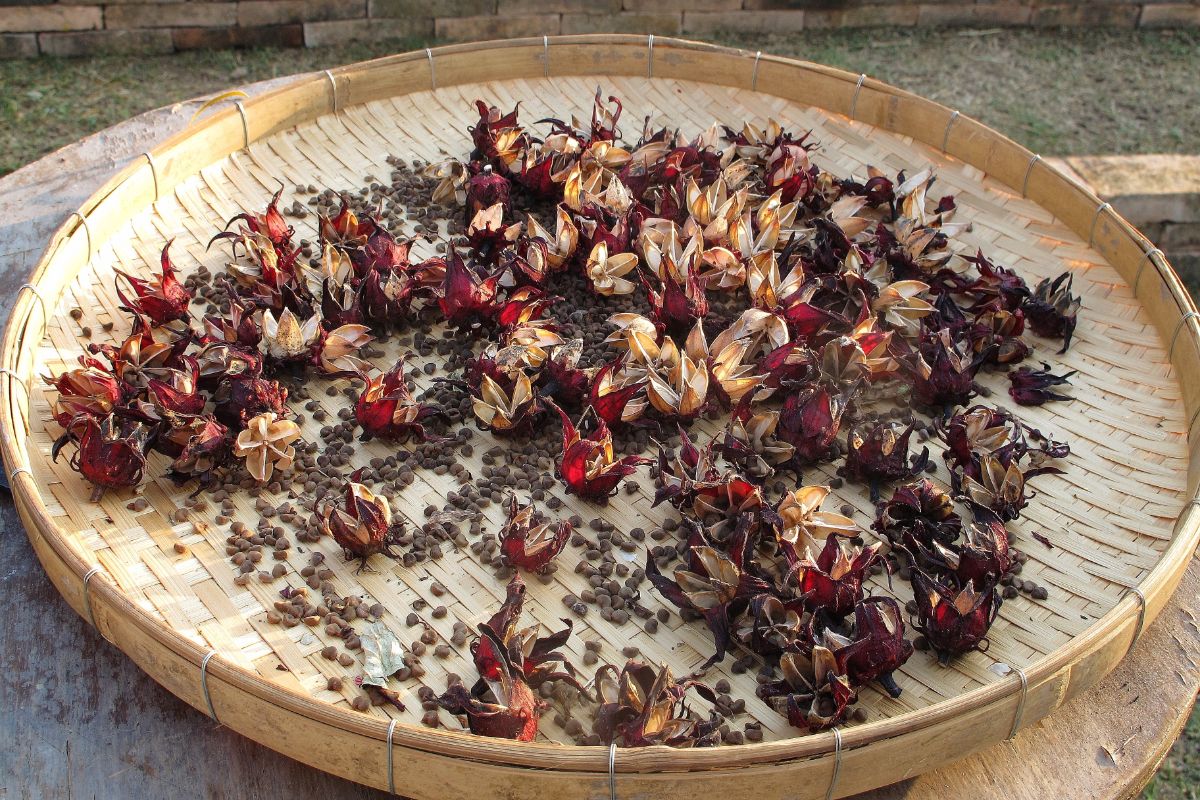
By definition, perennials are winter-hardy plants that should be able to survive winters in your growing location without winter protection. In general, you won’t need to cover perennials; however, if you’re growing frost-sensitive perennials that are known to not overwinter well in your growing region, you may want to protect your plants. One quick and inexpensive way to protect sensitive perennial plants is by installing wooden stakes around your plants and then wrapping burlap around the perimeter of the stakes.
Standard fertilizers are usually applied throughout the growing season until late summer to early fall. After that, it’s wise to stop fertilizing plants as this can cause them to leaf out late in the season and make them more susceptible to winter damage. That said, fall is a great time to apply slow-release fertilizers, as well as compost and manure.
Many common perennial plants are divided in autumn, which helps the plants grow better and provides you with new plants for your garden. Some of the perennials that do well with the autumn division include Siberian irises, peonies, chives, yarrow, hostas, feverfew, salvia, and daylilies.
That depends. While autumn is a great time to transplant perennials, you don’t want to transplant your flowers so late in the season that they won’t have time to adjust before winter arrives. For best results, perennials should be transplanted no later than 4 to 6 weeks before your first frost date.
A shovel, spade, or gardening forks are must-haves if you want to divide perennials. One easy tactic is to insert two gardening forks back to back into a clump of perennial roots. Then pry the two forks apart from each other to separate the root ball into individual perennial plants!
Many perennial plants, including irises and daylilies, need to be divided every few years for proper growth. Some signs that your perennials should be divided include reduced growth and flowering, floppy stems that fall over and plants that develop bald spots toward their centers.
Summary
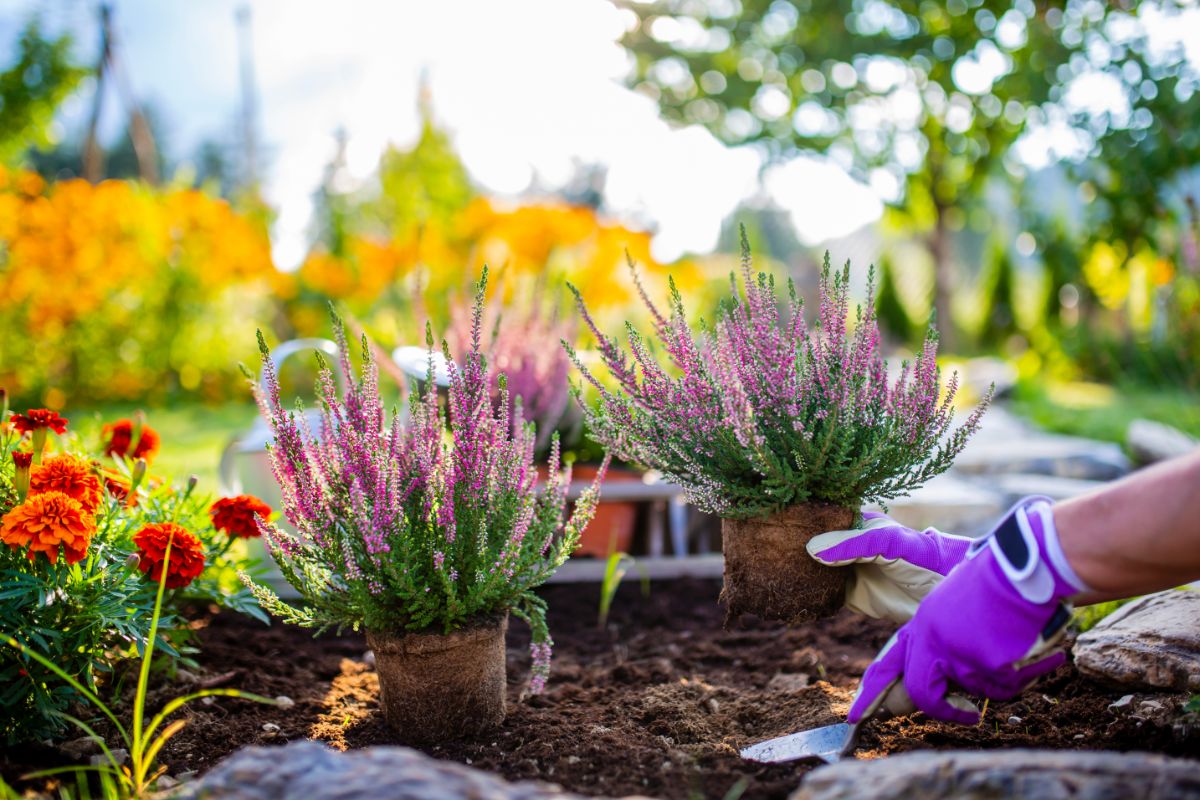
Taking the time to tend perennial plants and flowers in autumn is important if you want to get the most out of your flower beds and set your garden up for a successful growing season ahead. Improving your soil, managing pests and diseases, and pruning are essential gardening tasks no matter what plants you’re growing, but perennial flowers benefit from these maintenance steps in particular. With proper care and a bit of tending in autumn, you can grow healthier perennials that produce even more flowers for garden enjoyment or homemade bouquets!
If you’re in the fall gardening spirit and would like to learn more about autumn plant care and yard maintenance, check out our guide on the essentials of fall garden cleanup right here!


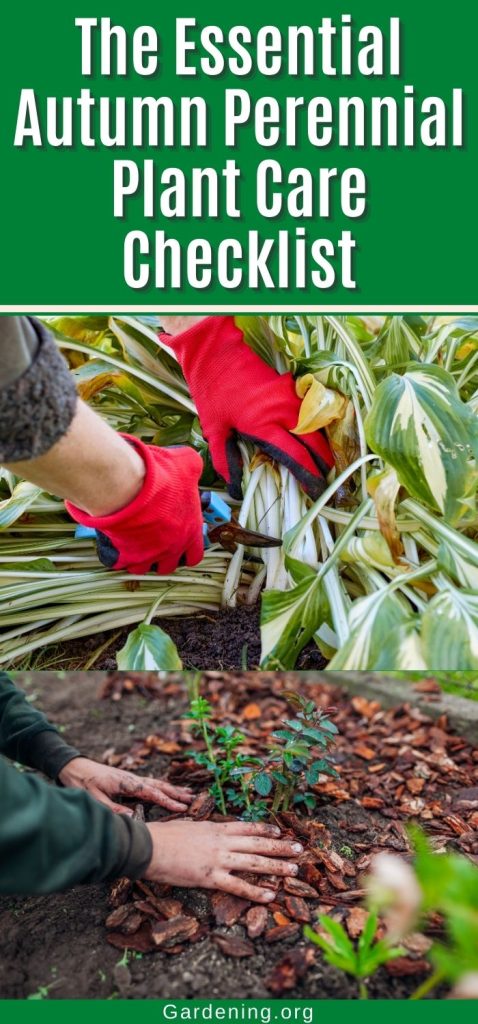
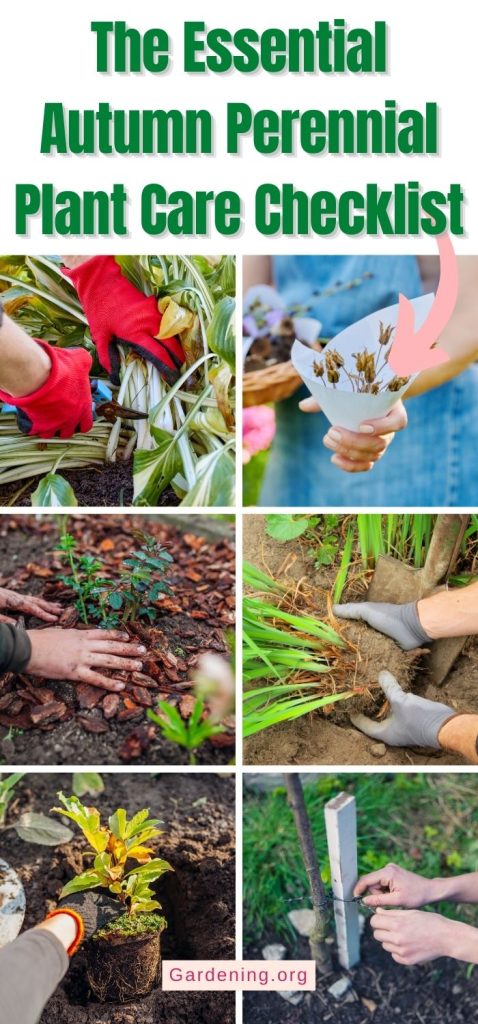
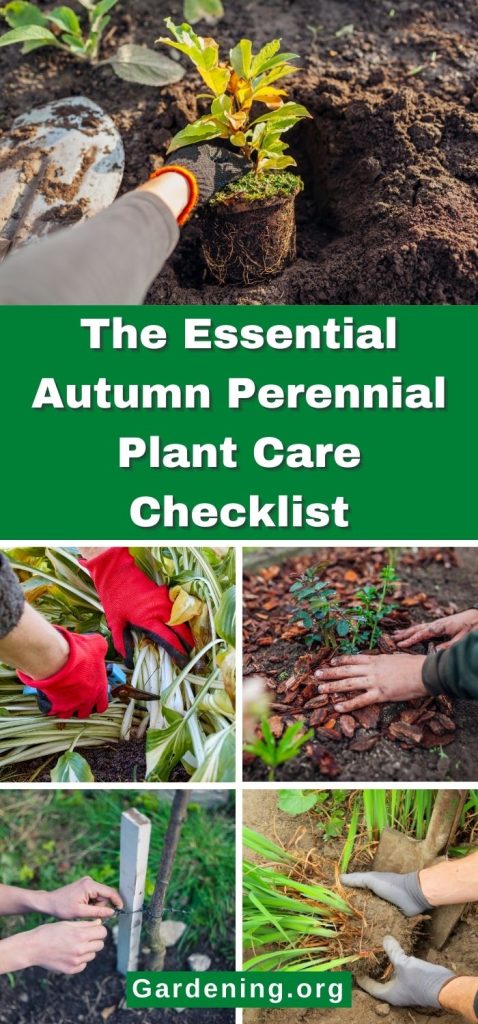
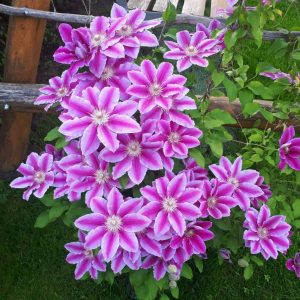
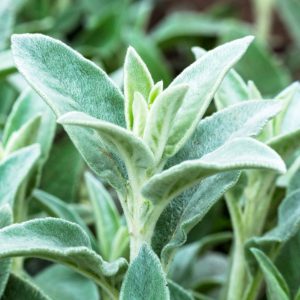

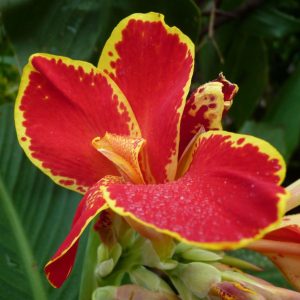
Janet Shaw
I was thinking what to do about cutting back my plants Thank you very much. Now I know what to do with the Iris. Day lilies. Phlox. Aquilegia